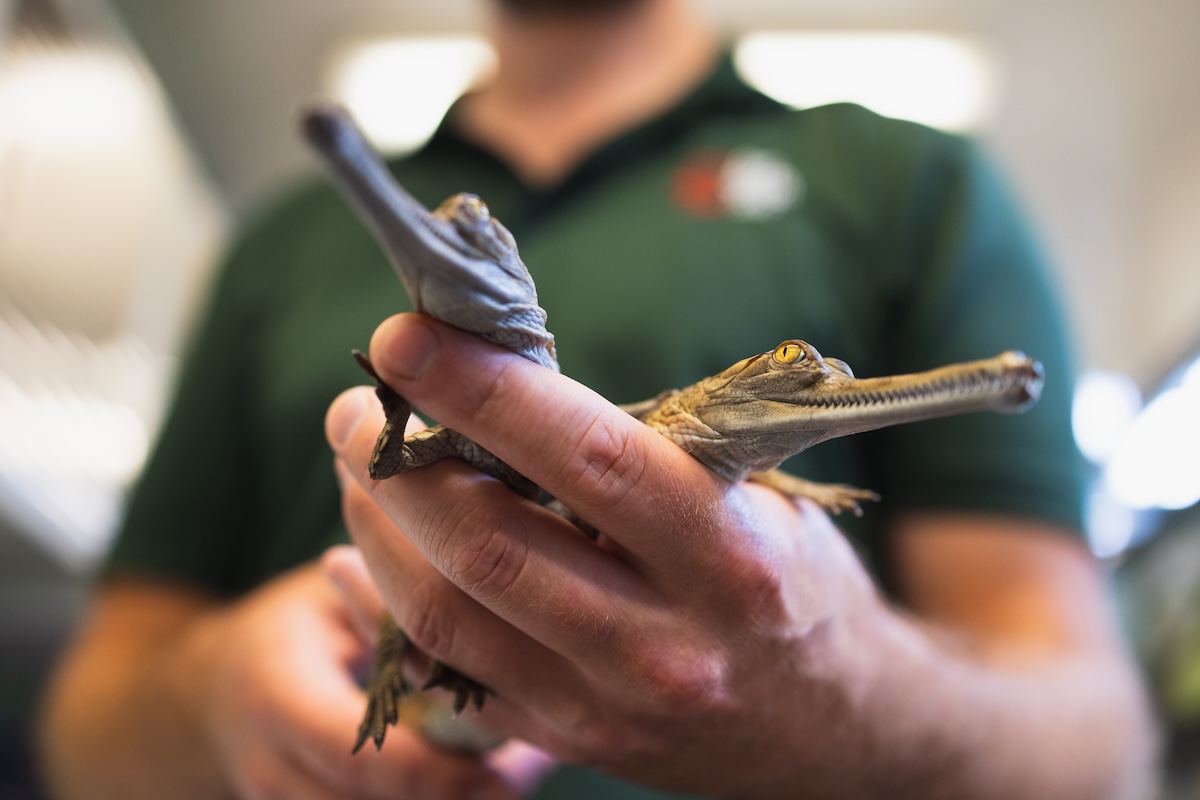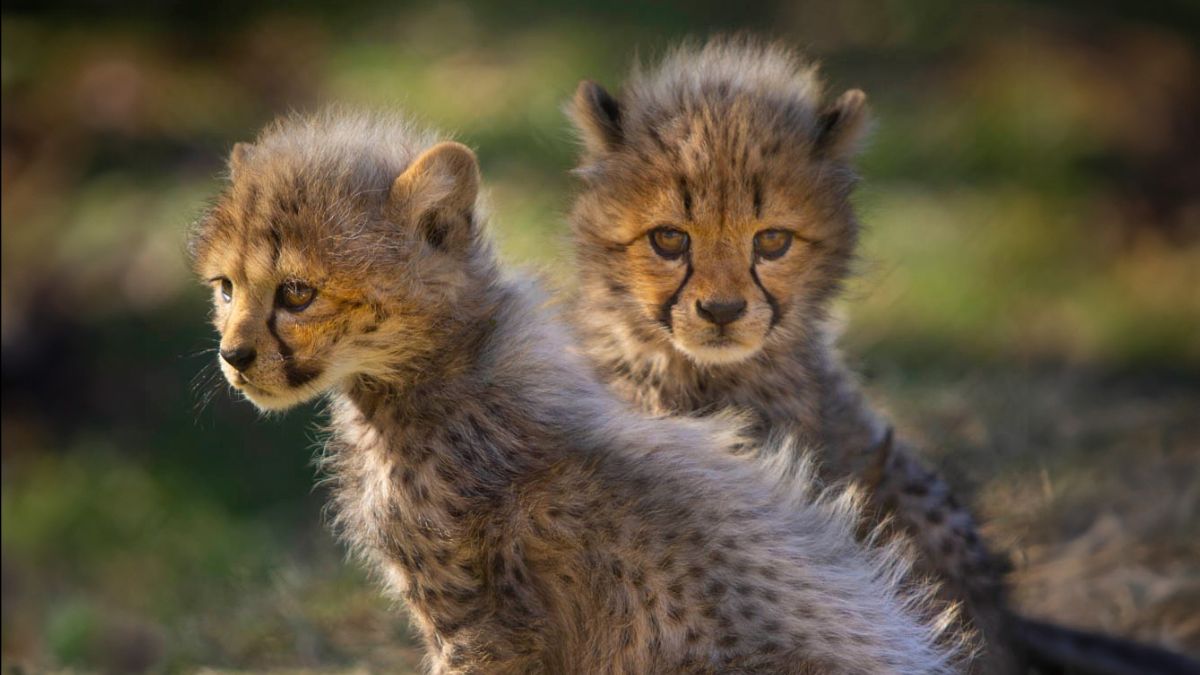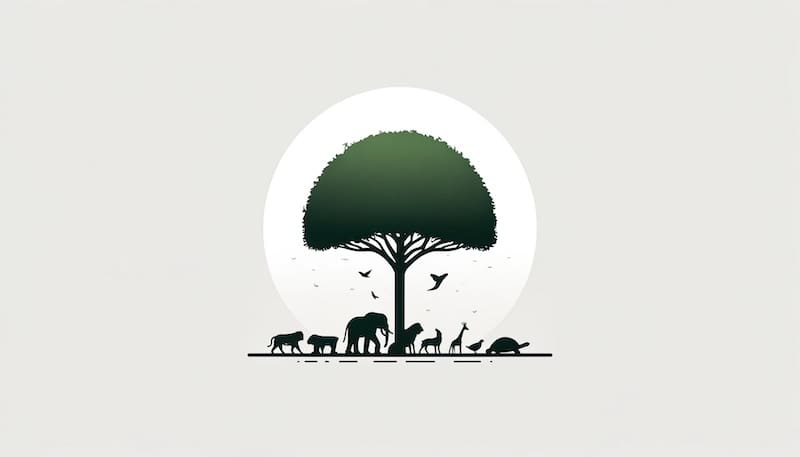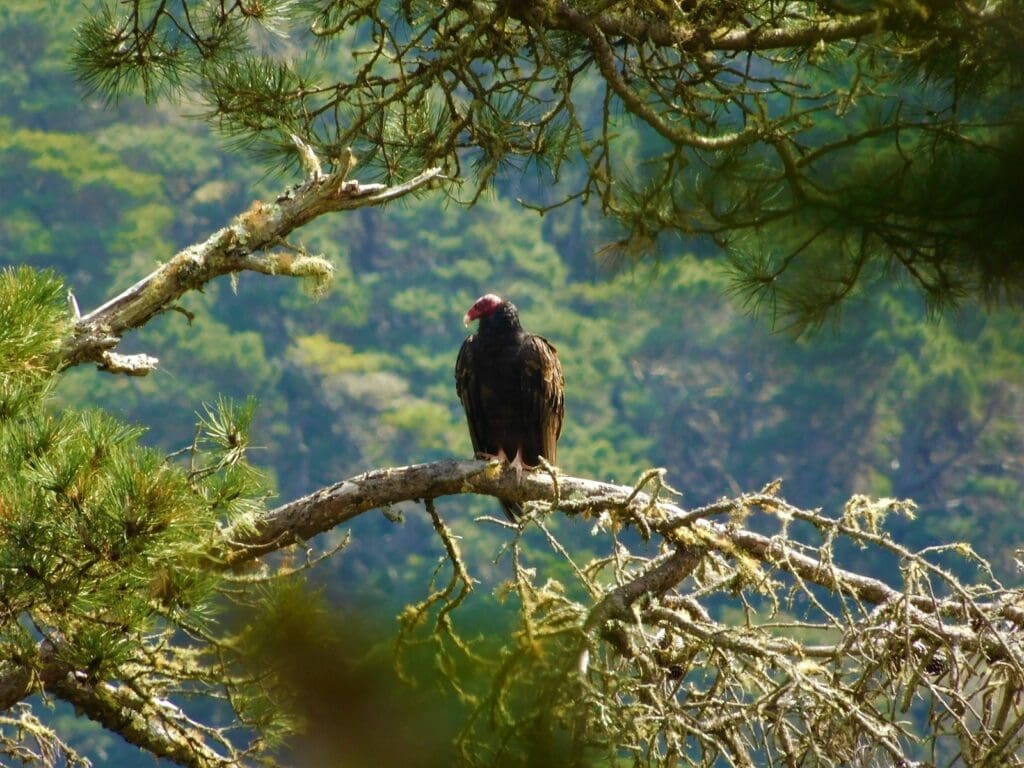
Zoos have been an integral part of conservation efforts for decades. They have played a vital role in breeding and reintroduction programs for endangered species. However, in recent years, zoos have expanded their focus beyond just breeding programs. Zoos are now implementing innovative conservation programs that aim to protect and conserve species in their natural habitats.
These innovative conservation programs in zoos are designed to be collaborative, long-lasting, and impactful. Zoos are partnering with other organizations, such as schools, libraries, and businesses, to create a comprehensive approach to conservation. By working together, these organizations can share resources, expertise, and knowledge to achieve a common goal. These collaborations are not only beneficial for conservation efforts but also for promoting public awareness and education about the importance of conservation.
Innovative conservation programs in zoos are also incorporating new technologies and exhibit designs to inspire visitors to take action in conservation efforts. These programs are designed to encourage visitors to engage in both on-site and off-site behaviors that promote conservation. By creating interactive exhibits and using technology, zoos can provide visitors with a unique and engaging experience that promotes awareness and encourages conservation efforts.
The Role of Zoos in Conservation
Zoos have been playing an increasingly important role in the conservation of wildlife in recent years. They provide a safe and controlled environment for endangered species to thrive and reproduce. Zoos also act as centers for education and awareness, helping people understand the importance of conservation and animal rights.
One of the most significant contributions of zoos to conservation is their involvement in breeding programs. Many zoos participate in programs that aim to breed endangered species and reintroduce them into the wild. These programs have been successful in increasing the population of endangered species, such as the California condor and the black-footed ferret.
Zoos also play a crucial role in raising awareness about conservation issues. They provide educational programs and exhibits that highlight the importance of conservation and the impact of human activities on wildlife. Through these programs, zoos help people understand the importance of preserving wildlife and the environment.
Animal rights is another critical aspect of conservation that zoos address. Zoos are committed to providing the best possible care for the animals in their care, including proper nutrition, medical care, and appropriate living conditions. They also work to ensure that the animals are treated with respect and dignity.
In conclusion, zoos play a vital role in conservation efforts. They are centers for education and awareness, and they provide a safe and controlled environment for endangered species to thrive. Their involvement in breeding programs, raising awareness about conservation issues, and addressing animal rights make them crucial partners in the fight to preserve wildlife and the environment.
Innovative Conservation Programs
Zoos have been at the forefront of conservation efforts for decades. In recent years, they have increasingly taken on a more proactive role in conservation action, with many innovative programs being developed to help protect endangered species. Here are some of the most innovative conservation programs being implemented in zoos around the world:
Captive Breeding Programs
Captive breeding programs have been a cornerstone of zoo conservation efforts for decades. These programs aim to breed endangered species in captivity with the goal of eventually reintroducing them into the wild. One example of a successful captive breeding program is the California condor program, which has helped to bring the species back from the brink of extinction.
Reintroduction Programs
Reintroduction programs involve releasing captive-bred animals back into the wild. These programs can be challenging, as reintroduced animals may struggle to adapt to their new environment. However, when done correctly, reintroduction programs can have a significant impact on conservation efforts. One example of a successful reintroduction program is the black-footed ferret program, which has helped to increase the population of this endangered species.
Conservation Breeding
Conservation breeding is a specialized form of captive breeding that focuses on breeding animals with the goal of maintaining genetic diversity within a species. This is particularly important for endangered species, as a lack of genetic diversity can make them more vulnerable to disease and other threats. One example of a successful conservation breeding program is the Arabian oryx program, which has helped to bring this species back from the brink of extinction.
Animal Programs
Many zoos have developed innovative animal programs that aim to educate the public about endangered species and the importance of conservation. These programs can take many forms, from interactive exhibits to animal encounters. One example of an innovative animal program is the “Don’t Palm Us Off” campaign implemented at the Melbourne Zoo in Australia, which aims to educate the public about the impact of palm oil production on orangutan populations.
In conclusion, zoos have played a vital role in conservation efforts for decades, and continue to develop innovative programs to help protect endangered species. Captive breeding, reintroduction, conservation breeding, and animal programs are just a few examples of the innovative conservation programs being implemented in zoos around the world.
Education and Public Engagement
Zoos have a unique opportunity to educate the public about conservation and the importance of protecting wildlife. Many zoos have developed innovative conservation education programs that engage visitors and encourage them to take action for conservation.
Conservation education programs in zoos are designed to provide visitors with an understanding of the importance of biodiversity and the role that they can play in protecting it. These programs can take many forms, including interactive exhibits, guided tours, and educational workshops. They can also be tailored to different age groups and educational levels.
One example of a successful conservation education program is the “Don’t Palm Us Off” campaign by Zoos Victoria, which aimed to raise awareness about the impact of palm oil production on orangutan populations. The campaign included on-site exhibits, as well as online resources that allowed visitors to take action and reduce their use of palm oil. The campaign was highly effective, with over 90% of visitors taking action to reduce their use of palm oil.
Public engagement is also an important component of conservation education in zoos. Zoos can engage with the public through social media, events, and other outreach activities. This engagement can help to build support for conservation efforts and encourage visitors to take action for wildlife.
Many zoos have established conservation education committees, which are responsible for developing and implementing conservation education programs. These committees often include educators, conservationists, and other experts who work together to develop innovative programs that engage visitors and promote conservation.
Overall, education and public engagement are essential components of innovative conservation programs in zoos. By providing visitors with an understanding of the importance of conservation and encouraging them to take action, zoos can play a critical role in protecting wildlife and biodiversity.
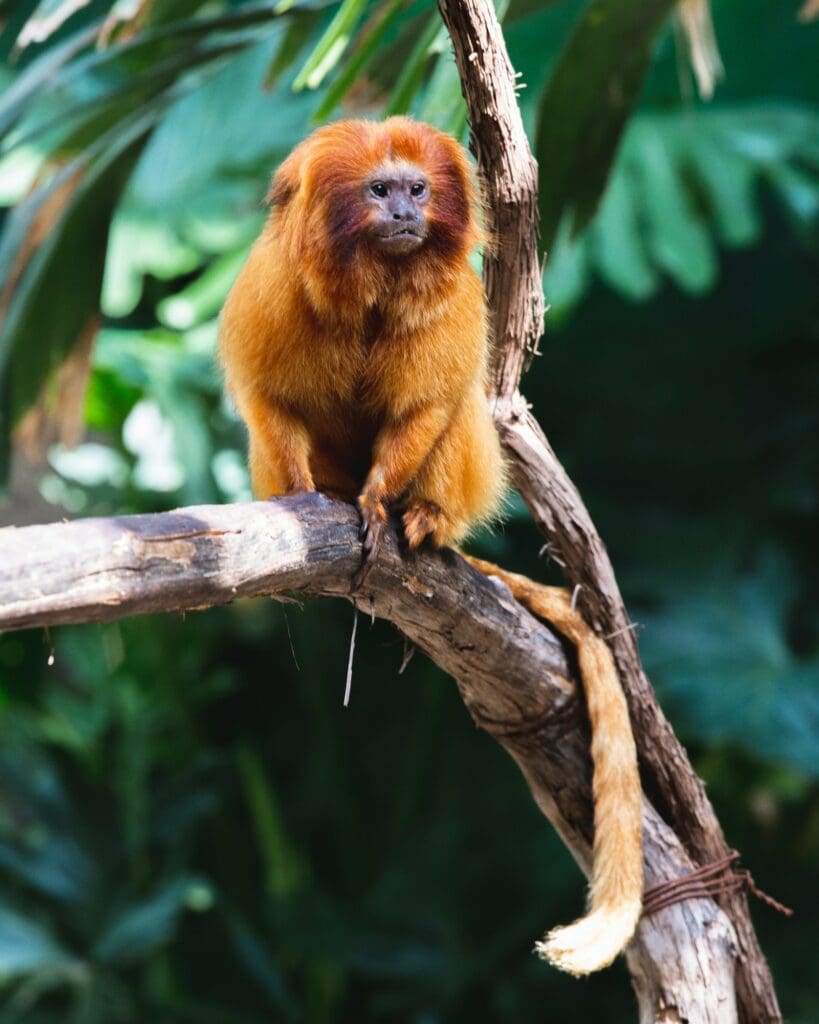
Research and Scientific Contributions
AZA-accredited zoos and institutions play a vital role in advancing scientific research and conservation efforts. Through their research and scientific contributions, they provide valuable insights into the biology and behavior of animals, which can be used to better understand and protect endangered species.
One way that zoos and institutions contribute to research is by conducting their own studies. For example, a study published in a scientific journal by a botanical garden or zoo in Canada found that research conducted at Canadian zoos and botanical gardens can contribute to conservation efforts by providing new information on animal behavior and biology.
Moreover, zoos and institutions also collaborate with other organizations to conduct research. For instance, the Association of Zoos and Aquariums (AZA) has a Conservation Grants Fund that provides funding for conservation research projects conducted by AZA-accredited institutions. The AZA also categorizes zoo conservation and science projects to evaluate their contributions to endangered species recovery.
In addition to this, zoos and institutions also play a significant role in providing resources for research. They provide access to animals, facilities, and expertise that can be used to conduct research. This can include everything from veterinary care to behavioral observation. Zoos and institutions also provide a platform for sharing research findings with the wider scientific community, through publications, conferences, and other events.
Overall, research and scientific contributions by AZA-accredited zoos and institutions are an essential component of conservation efforts. By providing new insights into animal behavior and biology, they help to protect endangered species and promote a better understanding of the natural world.
Financial Support and Management
Innovative conservation programs in zoos require significant financial support and effective management practices. Zoos and aquariums, as conservation organizations, have a responsibility to ensure that their programs are financially sustainable and managed effectively to achieve their conservation goals.
One way zoos can secure financial support is by leveraging their visitor experience to generate revenue. Admission fees, gift shop sales, and food and beverage sales are all sources of revenue that can be reinvested into conservation programs. Zoos can also seek philanthropic donations and corporate sponsorships to support their conservation initiatives.
Effective management practices are essential to the success of conservation programs in zoos. Zoos must prioritize the conservation of endangered species and their habitats while also ensuring the welfare of the animals in their care. This requires careful planning, monitoring, and evaluation of conservation programs.
Green business practices can also play a role in the financial sustainability of conservation programs in zoos. Implementing energy-efficient technologies, reducing waste, and using sustainable materials can reduce operating costs and minimize the environmental impact of zoos. This can also appeal to environmentally conscious visitors and donors.
In summary, innovative conservation programs in zoos require financial support, effective management practices, and a commitment to green business practices. By prioritizing the conservation of endangered species and their habitats, while also ensuring the welfare of the animals in their care, zoos can make a significant contribution to global conservation efforts.
Health and Welfare of Animals
Zoos have a responsibility to provide the highest standards of animal care possible, including veterinary care, nutrition, and environmental enrichment. The health and welfare of animals are of utmost importance in any conservation program.
To ensure the well-being of animals in zoos, there are various innovative conservation programs that have been implemented. These programs aim to provide the animals with a healthy and safe environment, as well as opportunities to engage in natural behaviors.
One such program is the wildlife wellness initiative, which was introduced by the Detroit Zoo. This program focuses on providing animals with a more naturalistic environment, including larger habitats and more opportunities for exercise and exploration. The zoo also provides animals with a variety of enrichment activities, such as puzzles and toys, to encourage natural behaviors.
Another innovative conservation program is the use of positive reinforcement training for animals. This training technique is used to teach animals new behaviors, such as medical procedures or husbandry tasks, without causing stress or fear. By using positive reinforcement, animals are more willing to participate in their own care, which can lead to better health outcomes.
Zoos also have veterinary teams that provide medical care to animals. These teams are responsible for regular check-ups, preventative care, and treating any illnesses or injuries. They also work closely with animal care staff to ensure that animals receive the appropriate nutrition and care for their individual needs.
In conclusion, the health and welfare of animals are essential components of any conservation program in zoos. Through innovative programs and techniques, zoos can provide animals with the best possible care and ensure their well-being.
Case Studies of Successful Conservation Programs
Zoos and aquariums have been playing a vital role in conservation efforts for decades. They have been successful in breeding endangered species and reintroducing them into the wild. Here are a few case studies of successful conservation programs in zoos:
Golden Lion Tamarin
The Golden Lion Tamarin is a critically endangered species that was once on the brink of extinction. However, thanks to the conservation efforts of zoos, the population has increased from 200 individuals in the 1970s to over 3,000 individuals today. Zoos have been successful in breeding the tamarins in captivity and reintroducing them into the wild. The program includes captive research and management, ecological studies, educational strategies, and reintroduction. These efforts have been successful in increasing the population of Golden Lion Tamarins and ensuring their survival.
Elephants
Elephants are one of the most beloved animals in zoos. However, they are also one of the most endangered species in the world. Zoos have been successful in breeding elephants in captivity and reintroducing them into the wild. For example, the Elephant Conservation Center in Laos has been successful in breeding elephants in captivity and reintroducing them into the wild. The program includes research, education, and conservation efforts. These efforts have been successful in increasing the population of elephants and ensuring their survival.
Arabian Oryx
The Arabian Oryx is a desert antelope that was once extinct in the wild. However, thanks to the conservation efforts of zoos, the population has increased from zero individuals in the 1970s to over 1,000 individuals today. Zoos have been successful in breeding the oryx in captivity and reintroducing them into the wild. The program includes captive research and management, ecological studies, educational strategies, and reintroduction. These efforts have been successful in increasing the population of Arabian Oryx and ensuring their survival.
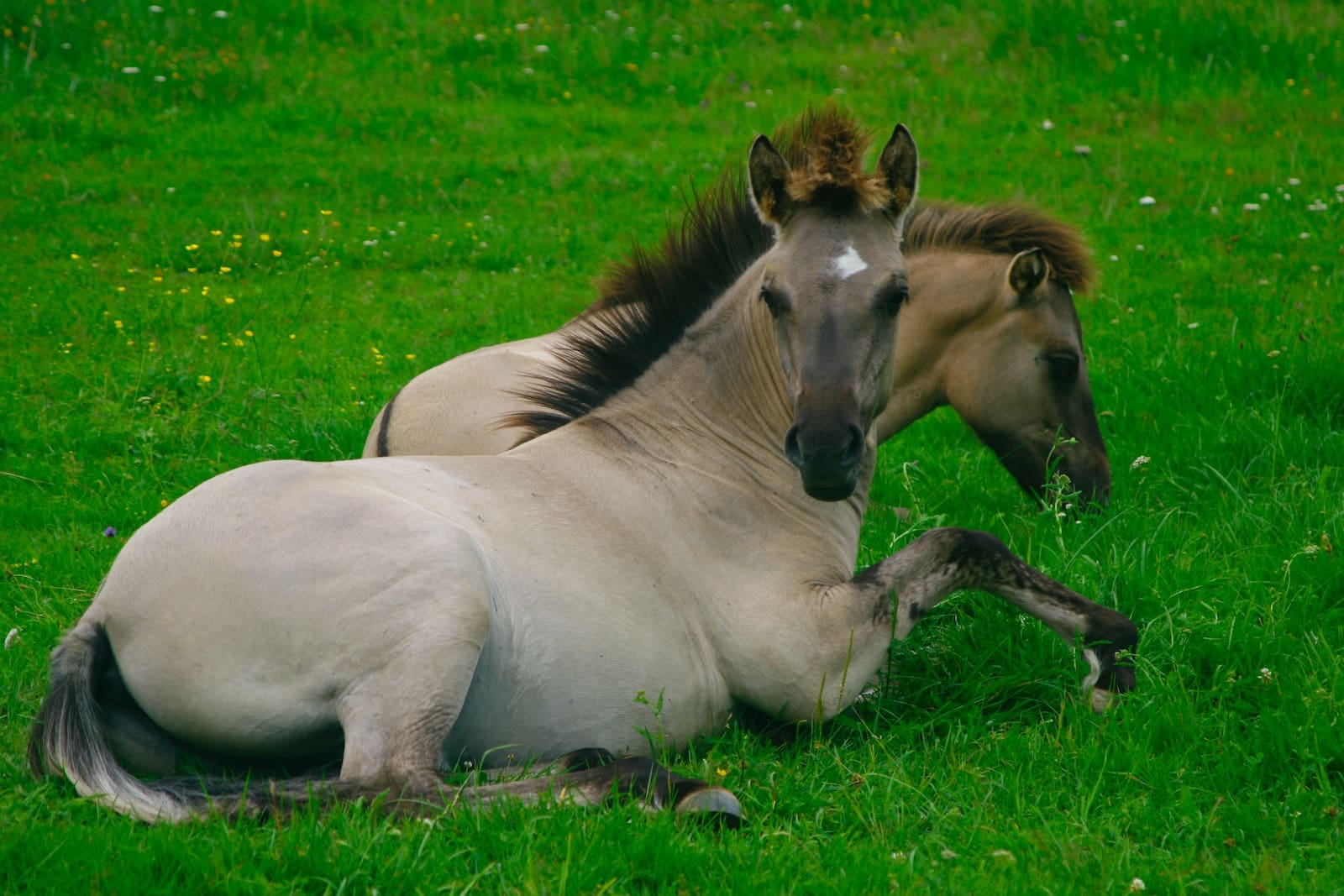
Przewalski’s Horse
Przewalski’s Horse is a wild horse that was once extinct in the wild. However, thanks to the conservation efforts of zoos, the population has increased from zero individuals in the 1970s to over 2,000 individuals today. Zoos have been successful in breeding the horses in captivity and reintroducing them into the wild. The program includes captive research and management, ecological studies, educational strategies, and reintroduction. These efforts have been successful in increasing the population of Przewalski’s Horse and ensuring their survival.
Black-footed Ferrets
Black-footed Ferrets are one of the most endangered mammals in North America. However, thanks to the conservation efforts of zoos, the population has increased from zero individuals in the 1970s to over 300 individuals today. Zoos have been successful in breeding the ferrets in captivity and reintroducing them into the wild. The program includes captive research and management, ecological studies, educational strategies, and reintroduction. These efforts have been successful in increasing the population of Black-footed Ferrets and ensuring their survival.
California Condors
California Condors are one of the most endangered birds in North America. However, thanks to the conservation efforts of zoos, the population has increased from 27 individuals in the 1980s to over 400 individuals today. Zoos have been successful in breeding the condors in captivity and reintroducing them into the wild. The program includes captive research and management, ecological studies, educational strategies, and reintroduction. These efforts have been successful in increasing the population of California Condors and ensuring their survival.
Blue-eyed Black Lemur
The Blue-eyed Black Lemur is a critically endangered species that is only found in Madagascar. Zoos have been successful in breeding the lemurs in captivity and reintroducing them into the wild. The program includes captive research and management, ecological studies, educational strategies, and reintroduction. These efforts have been successful in increasing the population of Blue-eyed Black Lemurs and ensuring their survival.
In conclusion, zoos and aquariums have been successful in breeding endangered species in captivity and reintroducing them into the wild. These efforts have been successful in increasing the population of endangered species and ensuring their survival.
Challenges and Future Perspectives
Zoos have been at the forefront of innovative conservation programs, but they face numerous challenges in their efforts to save endangered species and protect natural habitats. Some of the challenges facing zoos in their conservation efforts include:
- Extinction: The threat of extinction is a major challenge facing zoos and conservationists. Zoos must work to preserve and protect endangered species to prevent their extinction. Zoos play a vital role in breeding programs, and they work to reintroduce species into the wild. However, the success of these programs is not guaranteed, and conservationists must continue to develop new strategies to combat extinction.
- Endangered Species: Zoos must also work to protect endangered species from the threat of habitat loss and other environmental factors. Zoos can provide a safe haven for endangered species and work to preserve their natural habitats. However, zoos must also work to educate the public about the importance of conservation efforts.
- Climate Change: Climate change is a significant threat to wildlife and their habitats. Zoos must work to mitigate the effects of climate change and protect endangered species from its impact. Zoos can also work to educate the public about the importance of reducing their carbon footprint and taking action to combat climate change.
- Natural Habitats: Zoos must also work to protect natural habitats. Zoos can work with local communities to promote conservation efforts and protect natural habitats. Zoos can also work to create new habitats for endangered species and promote the restoration of degraded habitats.
- Animal Conservation: Zoos must also work to promote animal conservation. Zoos can work to educate the public about the importance of animal conservation and the role that zoos play in protecting endangered species. Zoos can also work to promote research and development in the field of animal conservation.
In the future, zoos must continue to develop innovative conservation programs to protect endangered species and their habitats. Zoos must also work to promote public awareness of the importance of conservation efforts. By working together, zoos and conservationists can make a significant impact in the fight to protect endangered species and preserve natural habitats.
Conclusion
Innovative conservation programs in zoos have shown promising results in terms of increasing public awareness and engagement in conservation efforts. The “Don’t palm us off” campaign for orangutan conservation is an example of an effective zoo-based educational program that has successfully raised awareness and support for the conservation of endangered species.
Creative enrichment strategies have also been implemented to address stereotypic behaviors in zoo animals. However, it is important to note that the limitations of zoo research should be taken into account when drawing conclusions.
Conservation and education are prominent themes in zoo mission statements, and zoos play a significant role in providing environmental education and conservation education to large audiences. However, it is essential to ensure that zoos are fulfilling their role in conservation and not just serving as entertainment venues.
Overall, innovative conservation programs in zoos have the potential to make a significant impact on conservation efforts. However, it is crucial to continue to evaluate and improve these programs to ensure their effectiveness and ethical considerations.



